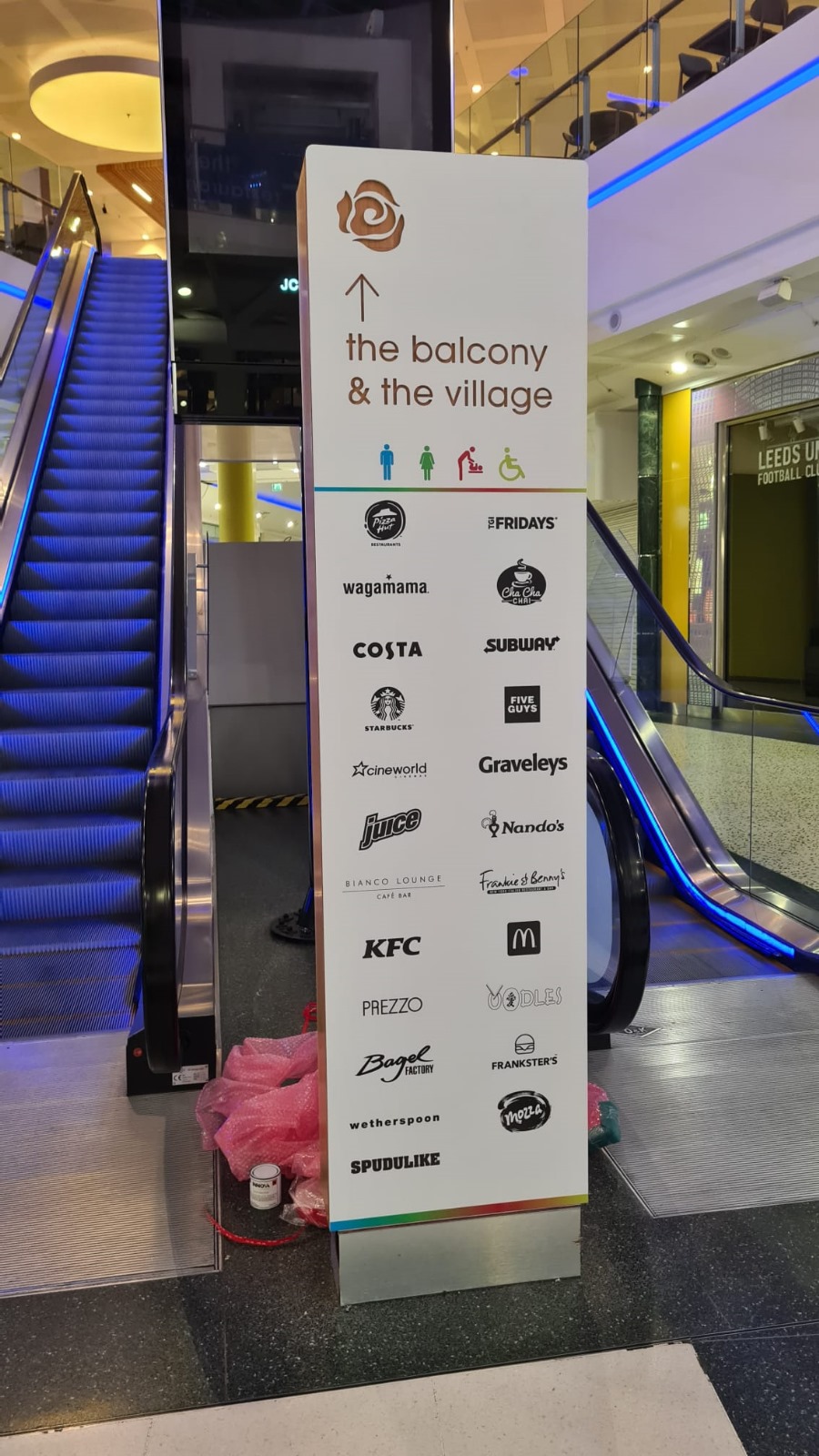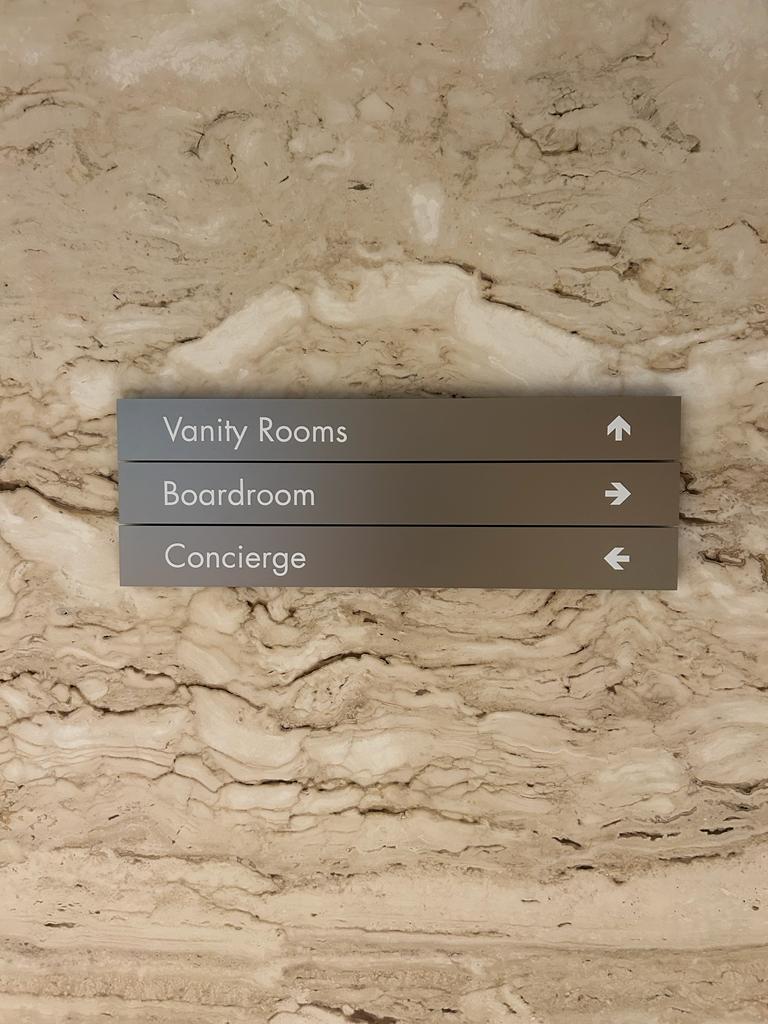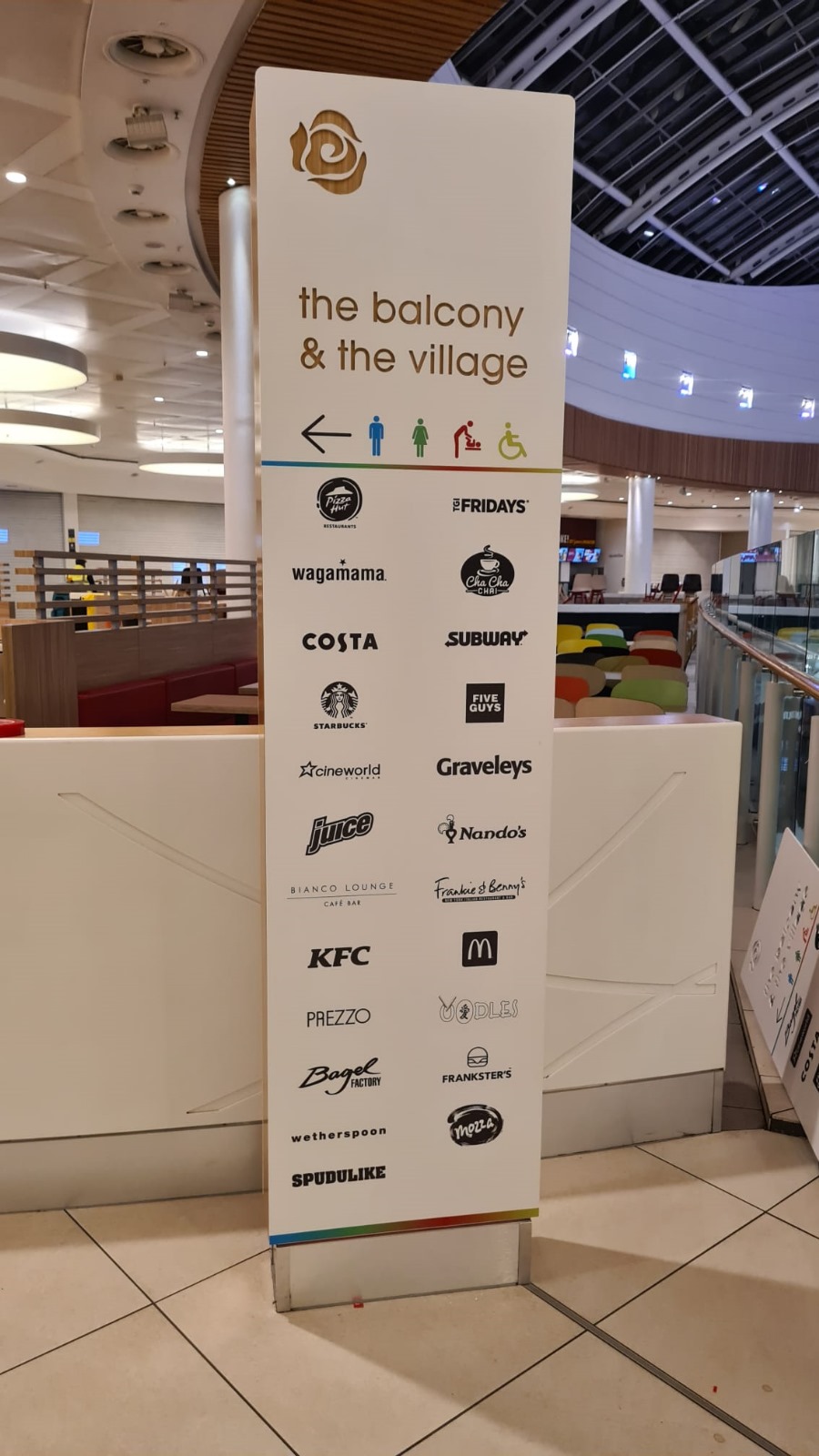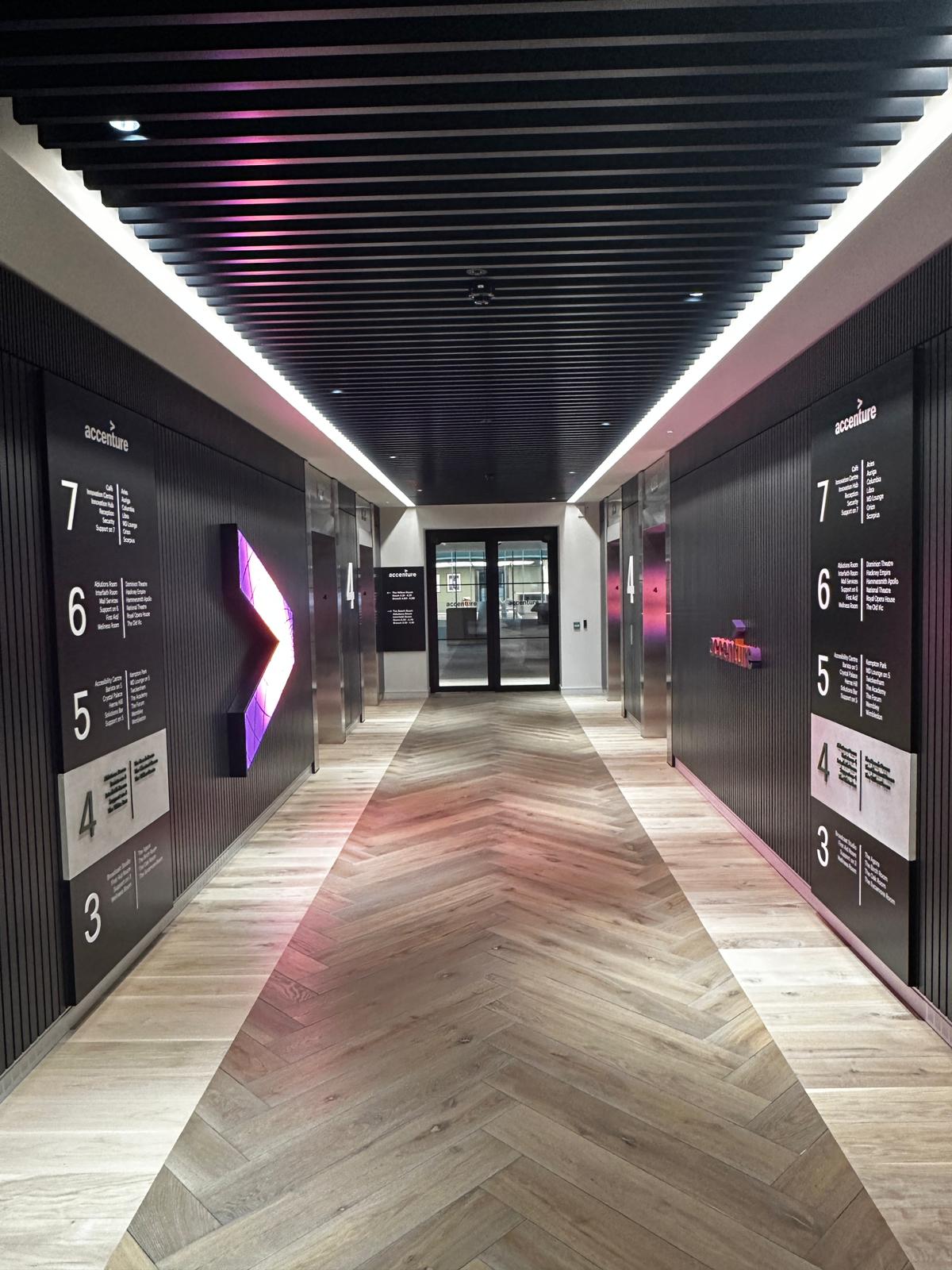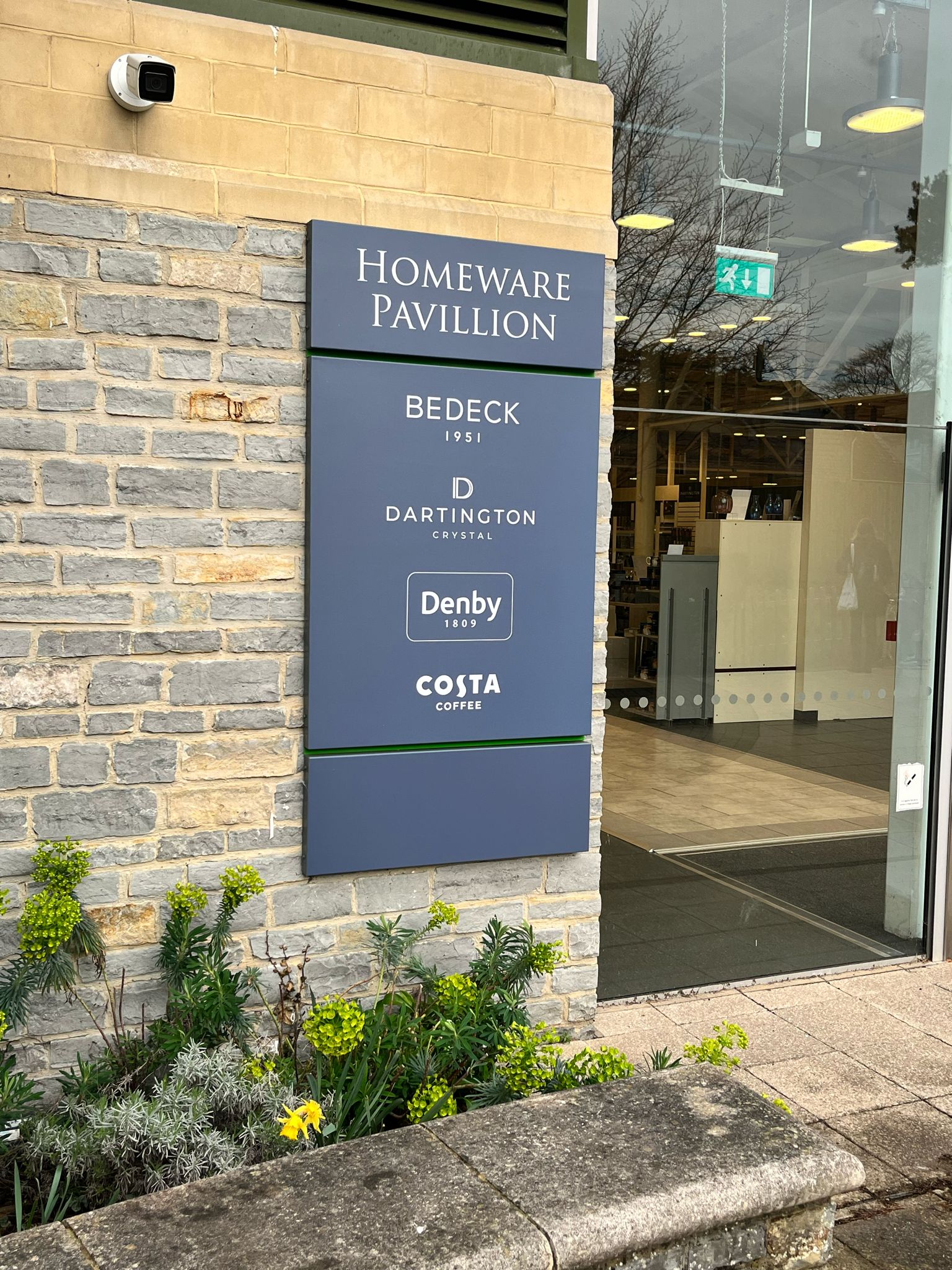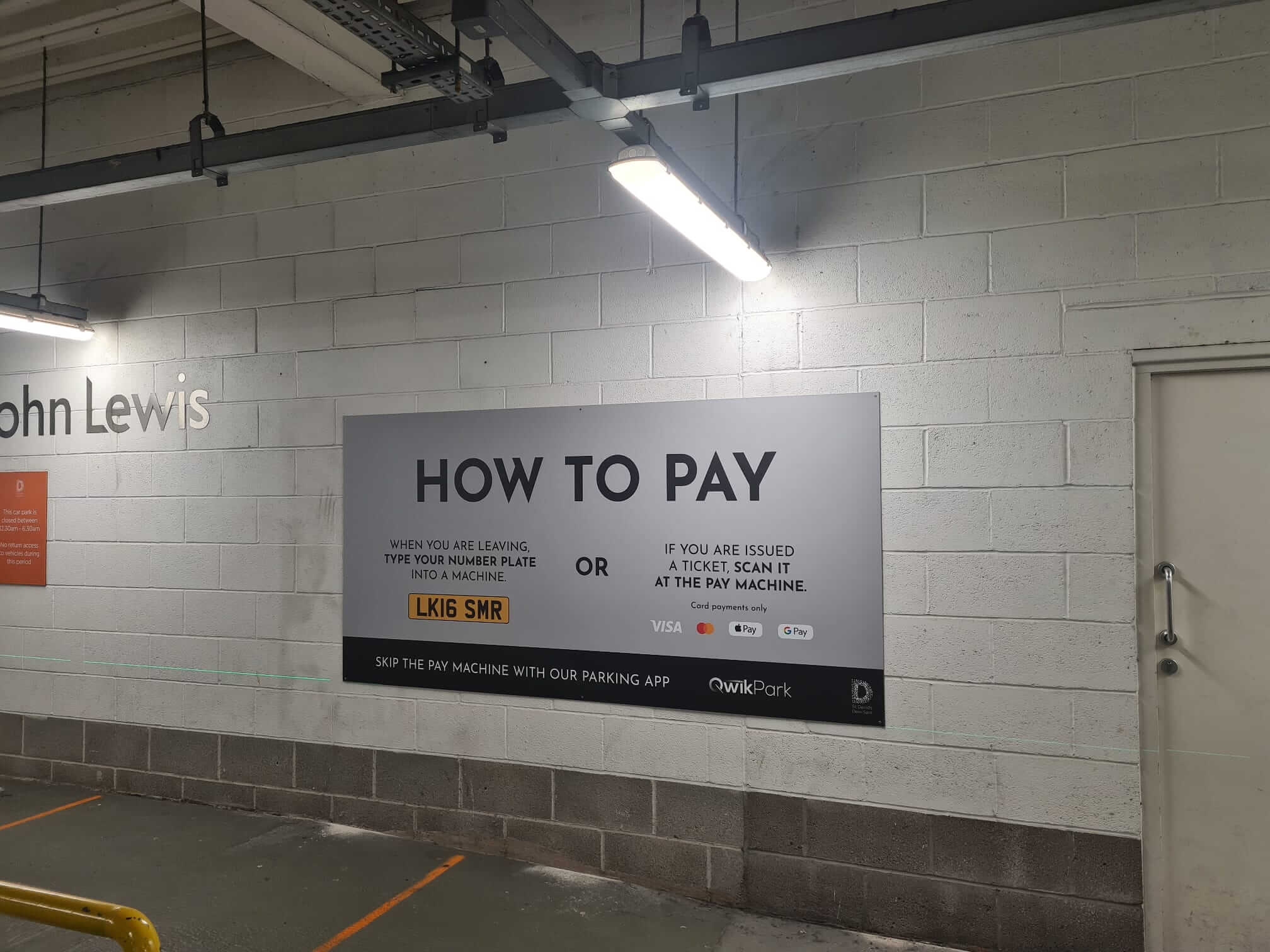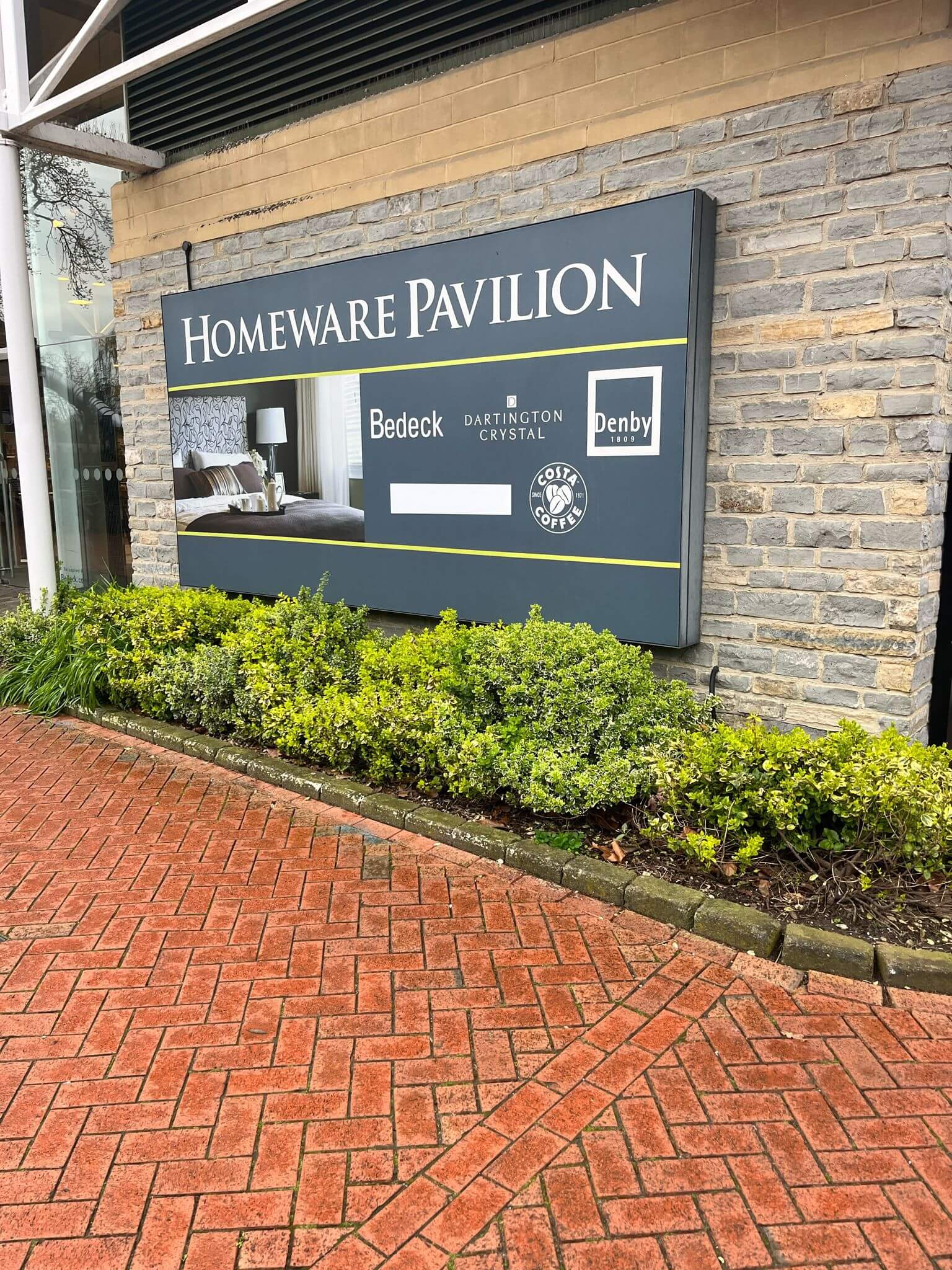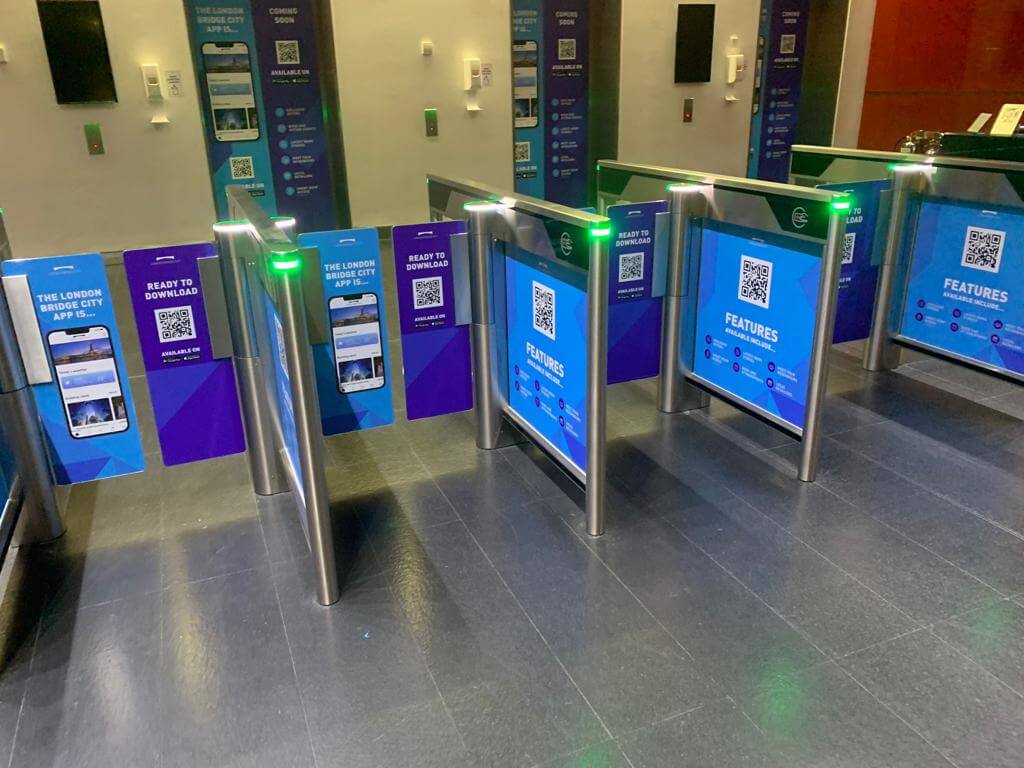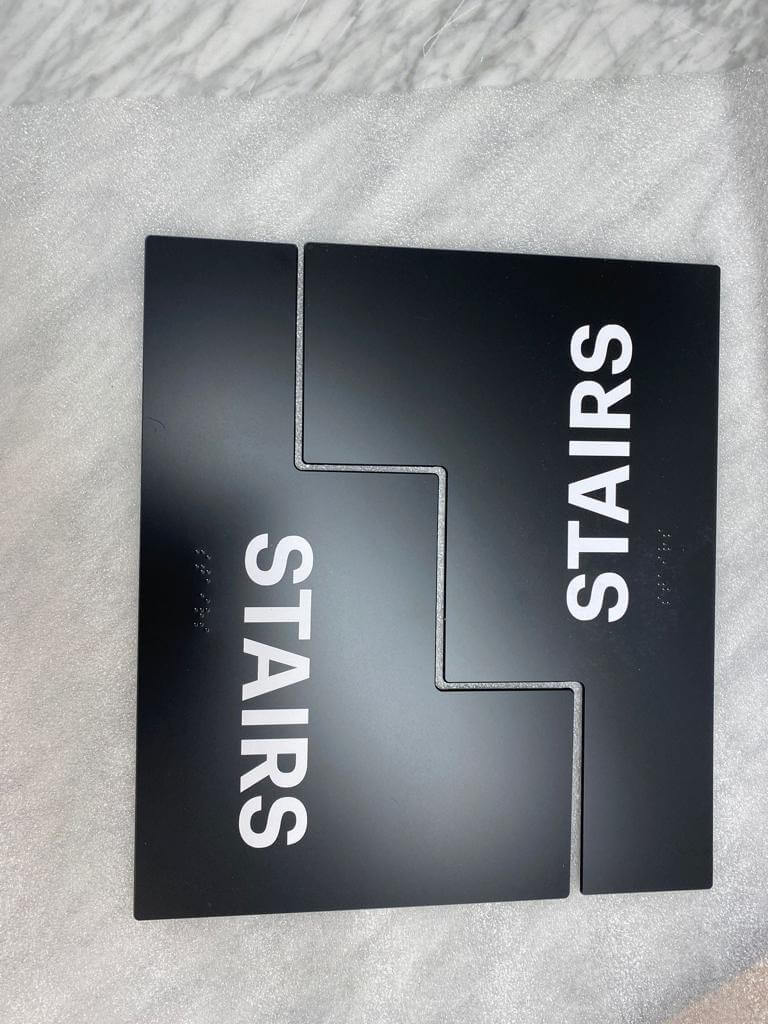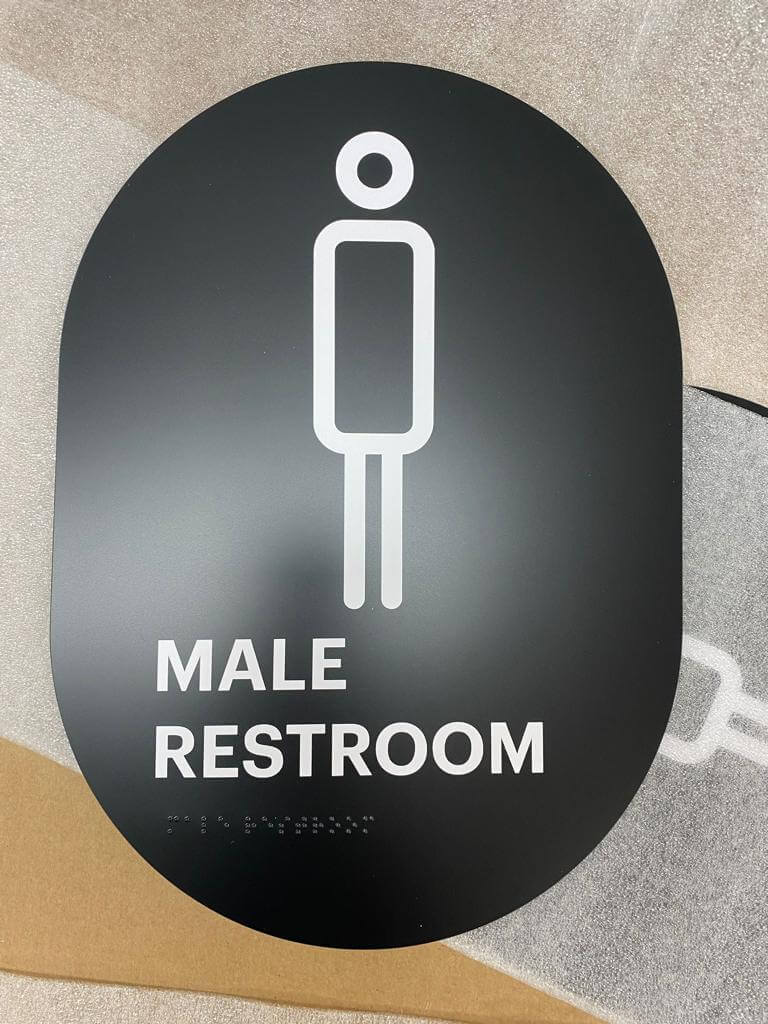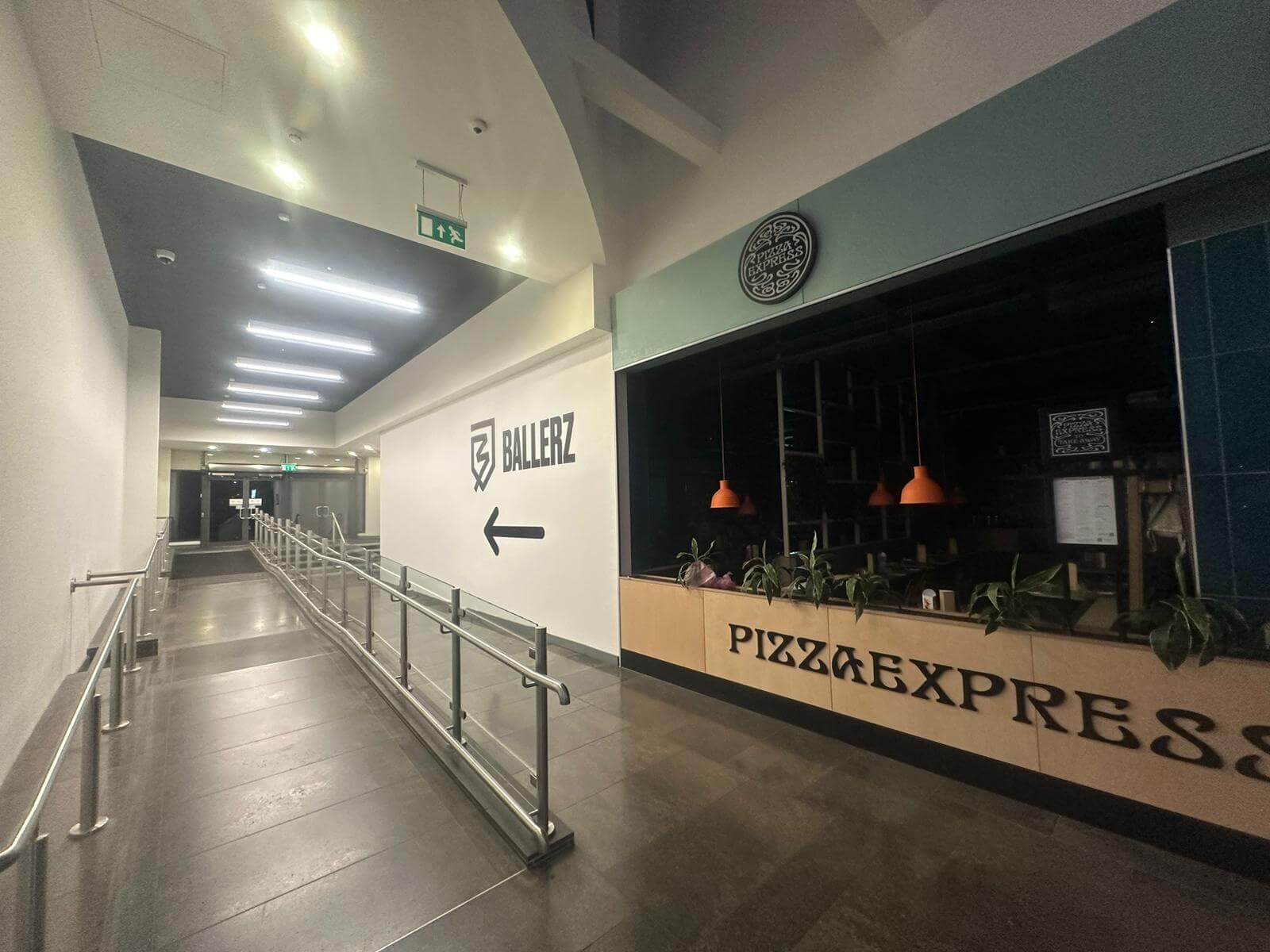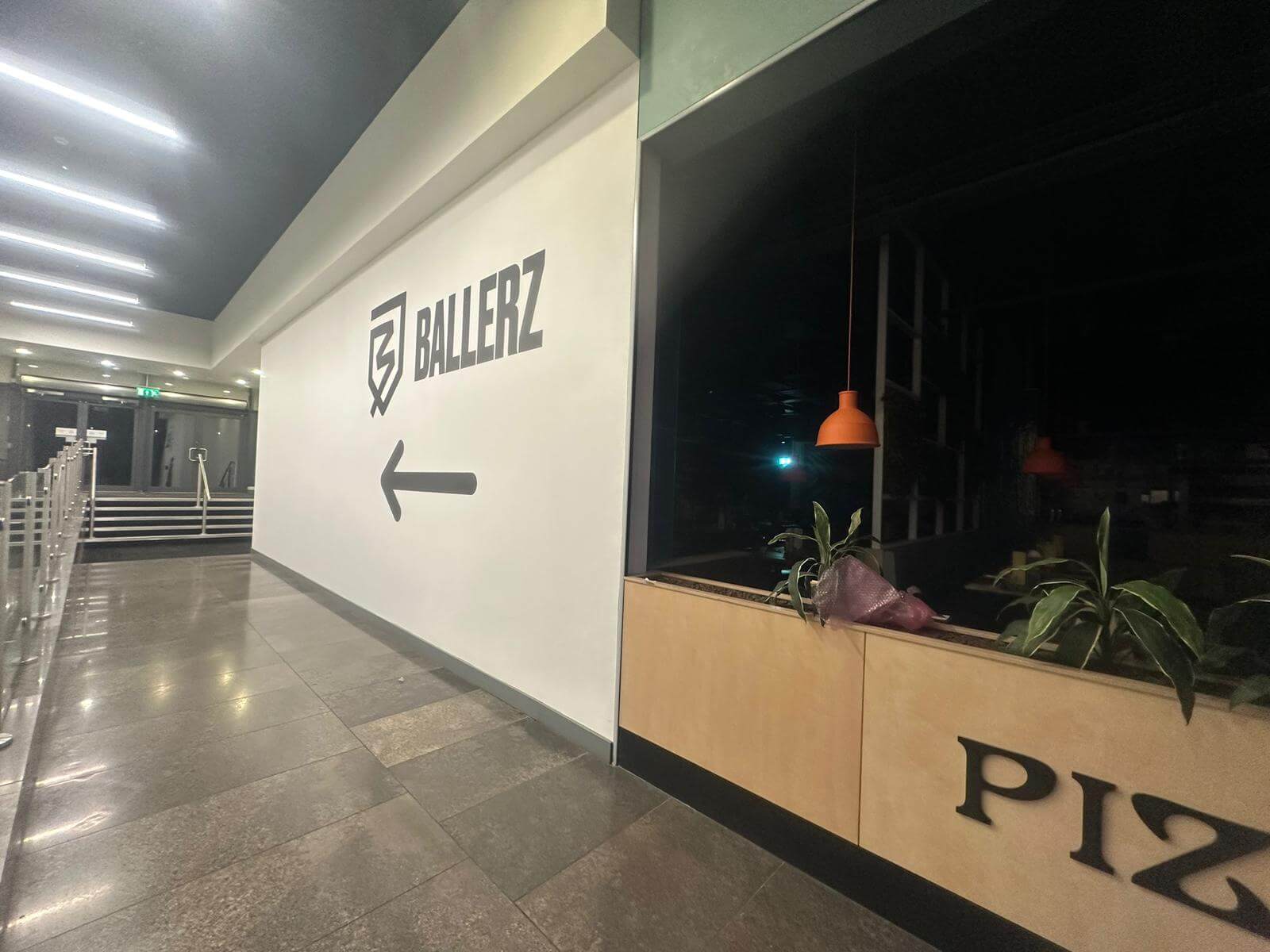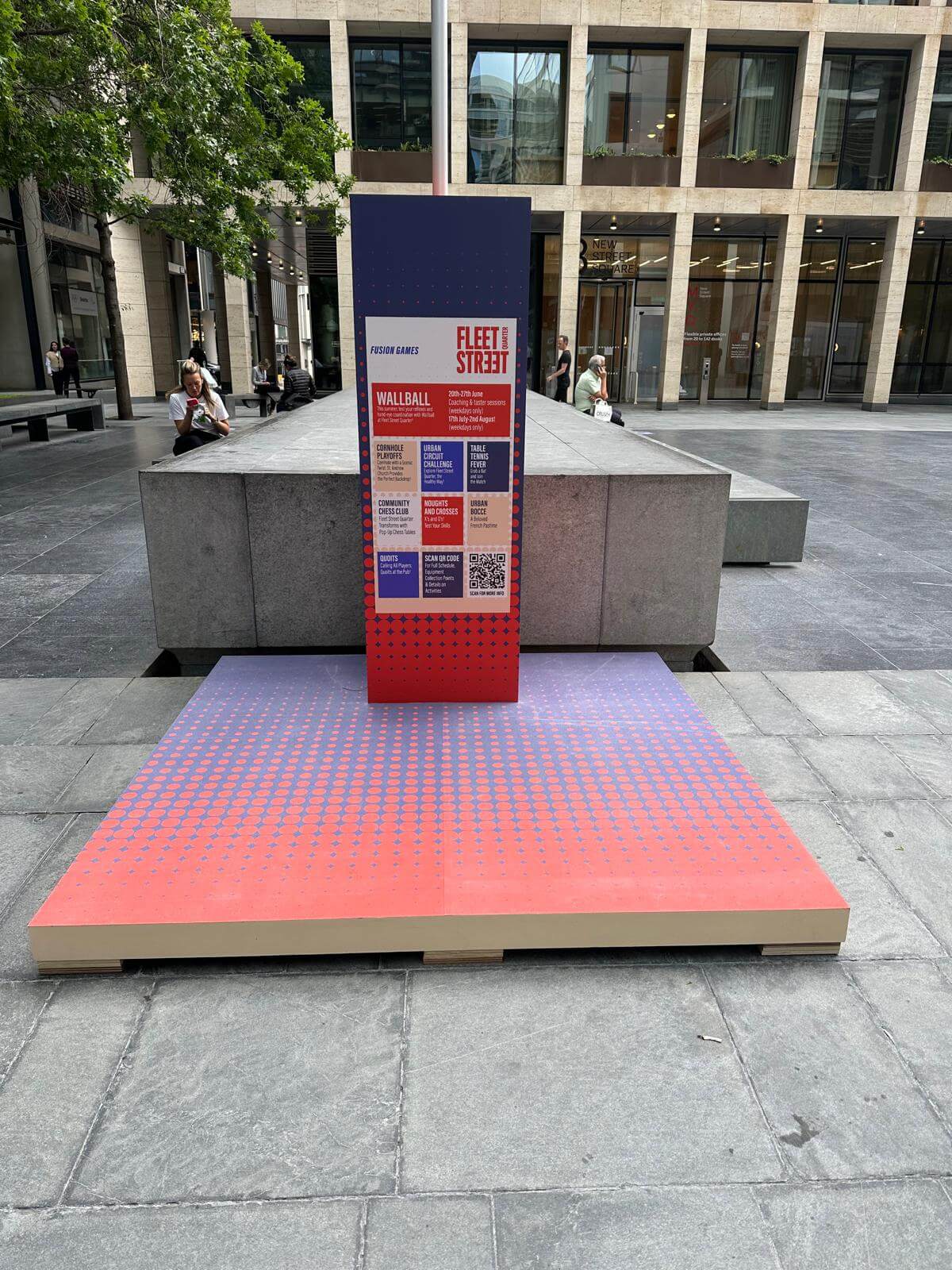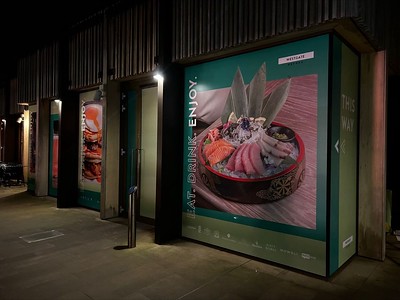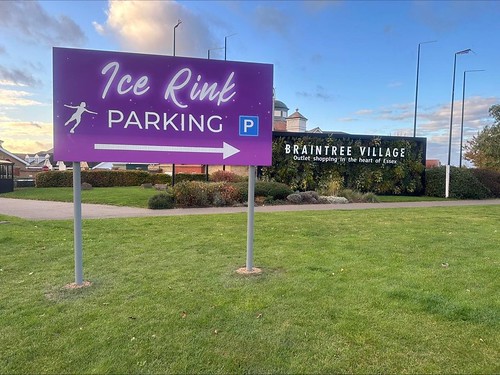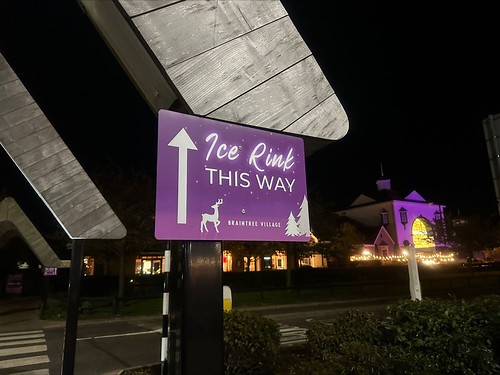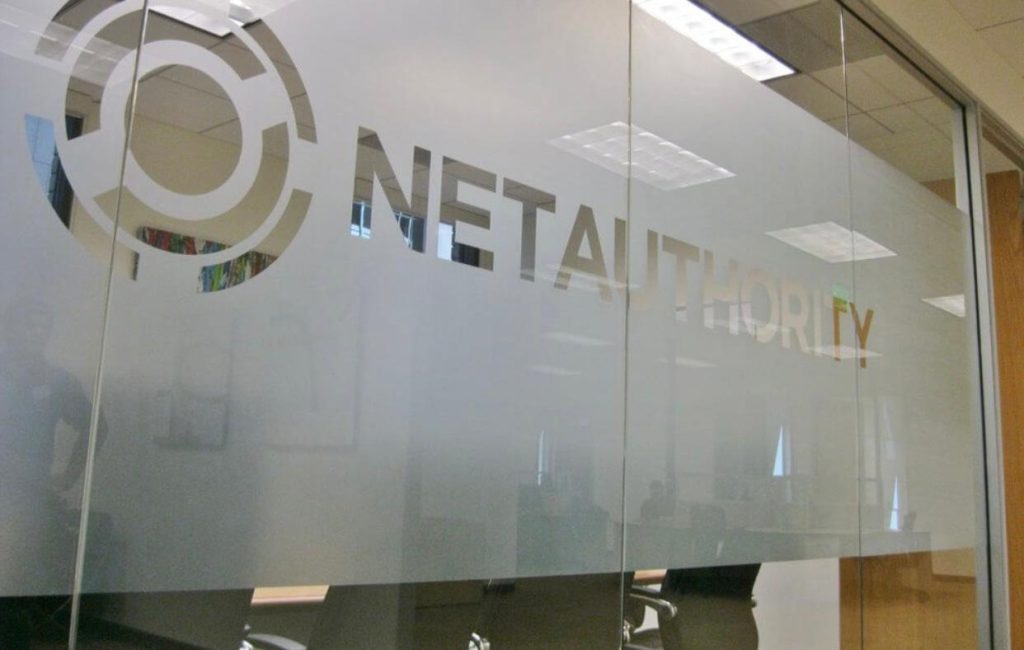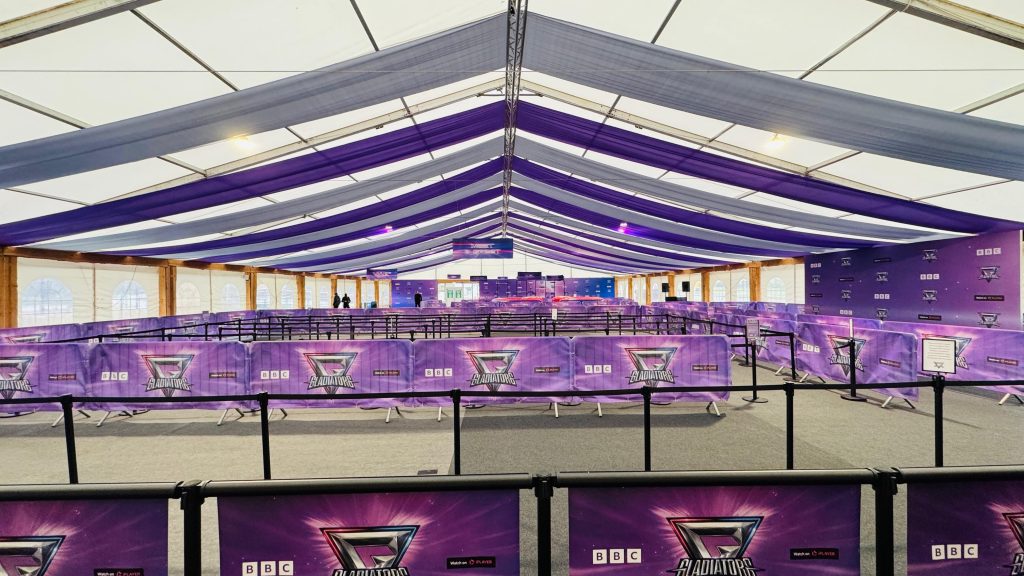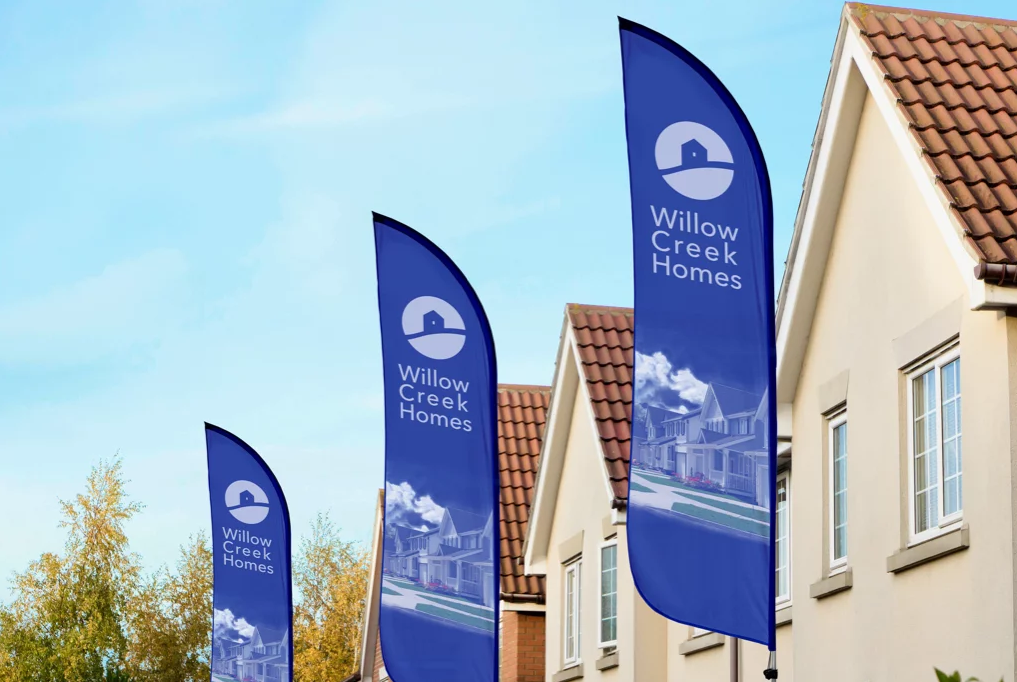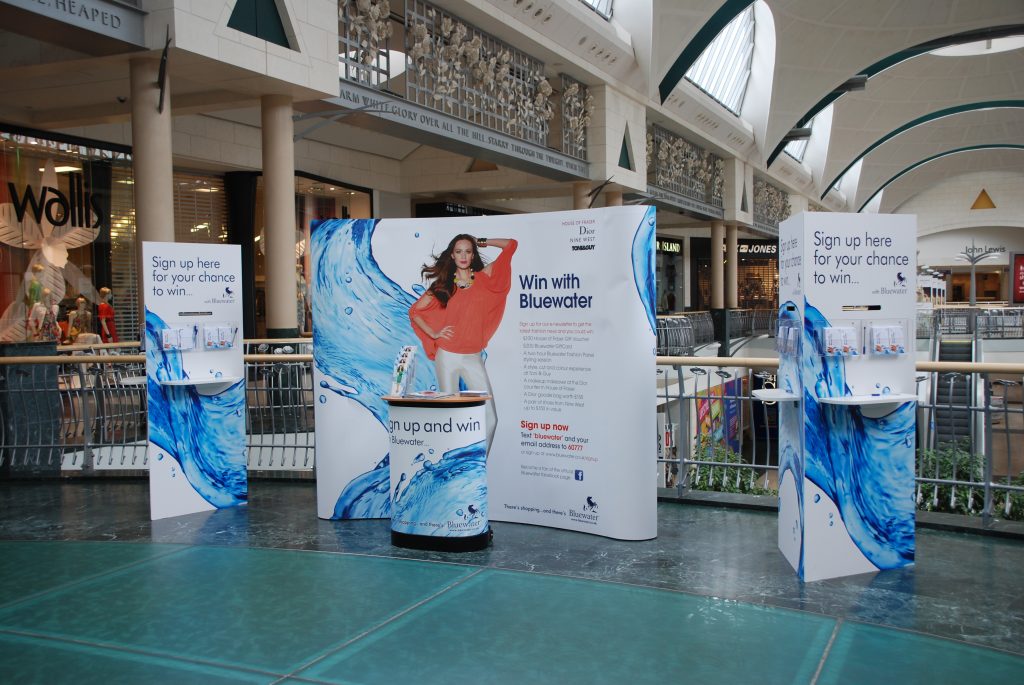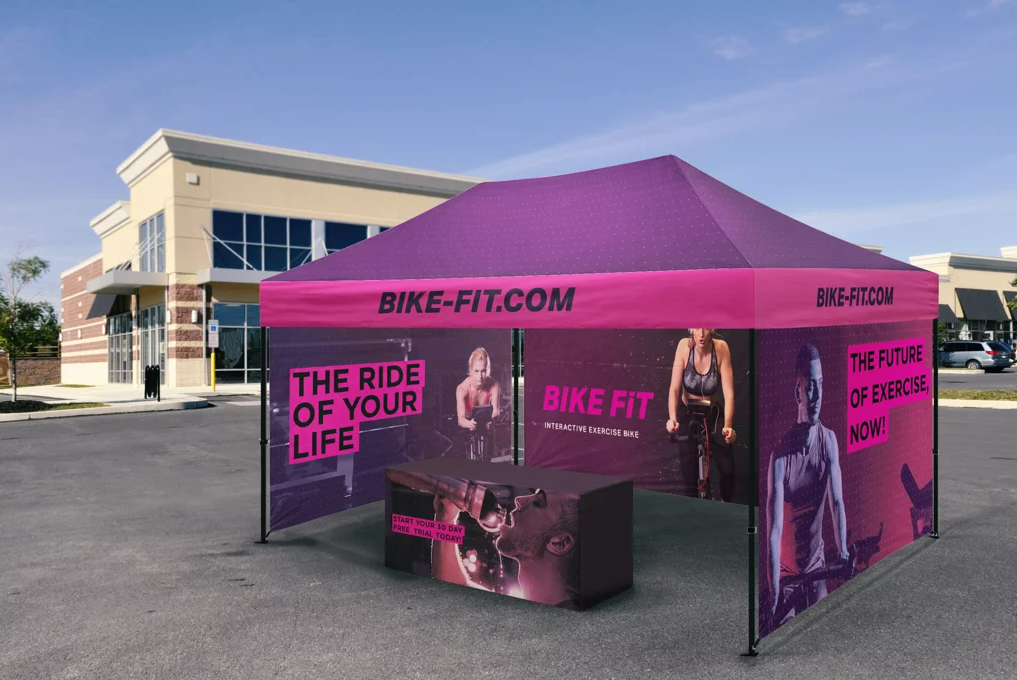Custom Wayfinding & Informational Signage
Enhancing Navigation & Safety – Clear and consistent Custom Informational Signage is vital for any environment, ensuring the safety and well-being of employees, customers, and visitors.
At ARC, we specialise in Wayfinding Signage Design, providing bespoke solutions tailored to your exact specifications. Whether you require directional signs, safety notices, or branded informational signage, we offer a comprehensive range of options, including fully compliant multi-purpose signage from our catalogue.

Why Wayfinding Signage is Essential for UK Businesses
Effective Wayfinding Signage Design helps businesses and public spaces operate smoothly, reducing confusion and improving accessibility. High-quality Custom Informational Signage ensures that individuals can navigate environments confidently, whether they are in an office, retail store, hospital, or educational institution. Poor signage can lead to frustration, lost time, and even safety hazards—issues that can be avoided with professionally designed solutions.
Tailored Signage Solutions for Key UK Industries
Every sector in the UK benefits from expertly crafted Wayfinding Signage Design to improve efficiency, enhance safety, and create a professional atmosphere. Our services cater to:
Corporate & Office Spaces
Ensure seamless navigation for employees and clients with clearly marked rooms, meeting areas, and emergency exits. Professionally designed signage enhances efficiency and leaves a positive impression on visitors.
Retail & Hospitality
Guide customers through stores, shopping centres, hotels, and restaurants with strategically placed Custom Informational Signage that enhances the visitor experience and supports branding efforts.
Healthcare & Public Services
Provide essential directional support in hospitals, clinics, and government buildings, helping visitors reach their destination quickly and safely. Proper signage can also improve accessibility for individuals with disabilities.
Education & Universities
Improve campus accessibility with signage that helps students, staff, and guests locate lecture halls, libraries, and essential services. Clear signage enhances campus safety and overall experience.
Transport & Public Spaces
Ensure smooth crowd movement in airports, train stations, and public venues with high-visibility Wayfinding Signage Design. Effective signage reduces congestion and improves the flow of foot traffic.
Find Your Way with ARC’s Custom Signage Solutions
Informational signage, guided by expert Wayfinding Signage Design, fosters a sense of security and professionalism. A well-structured signage system prevents confusion, improves accessibility, and enhances user experience, creating an environment that is both welcoming and efficient. With our experience and expertise, we ensure that every sign is clear, durable, and strategically placed for maximum impact.
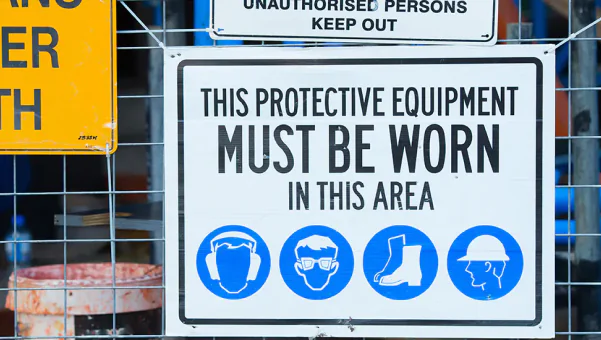
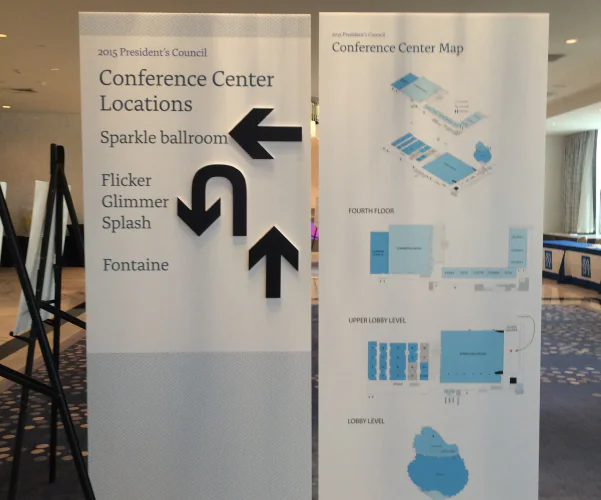
Start Your Wayfinding Signage Project Today!
Don’t let your employees or visitors struggle to navigate your space. Contact ARC today to discuss your Wayfinding Signage Design needs. Whether you require a bespoke solution or wish to choose from our extensive catalogue, we are here to provide high-quality Custom Informational Signage that enhances safety, clarity, and user experience. Let us help you create an intuitive, visually appealing, and highly functional wayfinding system that makes a lasting impression.
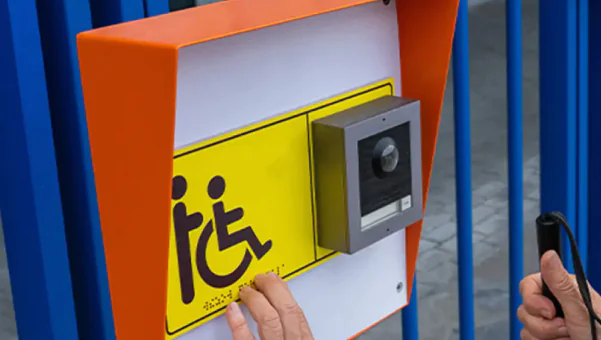
Our recent work
Related Products
Filter
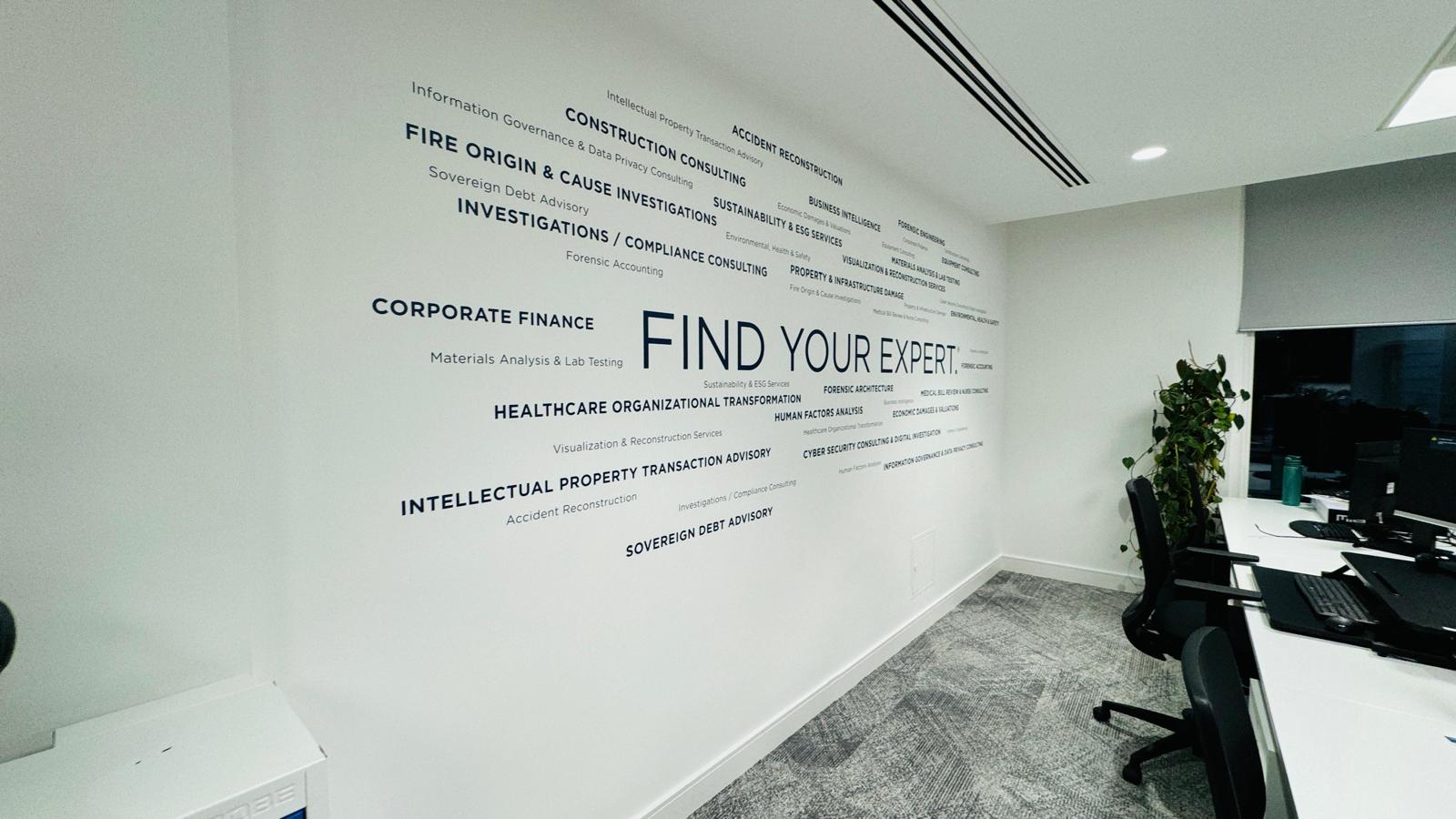
Frequently Asked Questions
What is the meaning of an informational sign?
A direction sign, more fully defined by the Vienna Convention on Road Signs and Signals as a direction, position, or indication sign, is any road sign used primarily to provide information about the driver’s location or possible destinations, and is considered a subset of the informative signs group.
ARC’s informational signage includes for roads, internal and external informational and wayfinding signage to suit every application.
Why is informational and wayfinding signage important?
Informational signage is an excellent approach to guarantee that buildings and attractions are easily found.
Wayfinding signage is as vitally important to finding a building as it is to navigating one. The visitor experience relies on an efficient internal wayfinding system that complies with accessibility guidance.
Informational signage provides a number of advantages, including promoting local companies, encouraging the use of local amenities, and indicating the location of nearby resources.
Why is it important to have a wayfinding strategy?
It’s important that your wayfinding signage is well-though-out to ensure that you continually evaluate the needs of your visitors and identify any issues that may impact the visitor experience.
A wayfinding strategy should also consider signage for alternative routes including accessibility options.
What are the different types of wayfinding systems?
There are various types of signs that fall under the wayfinding signage category, these are:
- Identification signs – door plaques, department markers and landmark signage.
- Informational signs – traffic signage, corridor and internal junction signage, floor number signs and directories.
- Information signage – Facilities signage (bathrooms, cafes etc.)
- Regulatory signage – ADA accessibility, rules and regulations, and access control such as fire exits.




